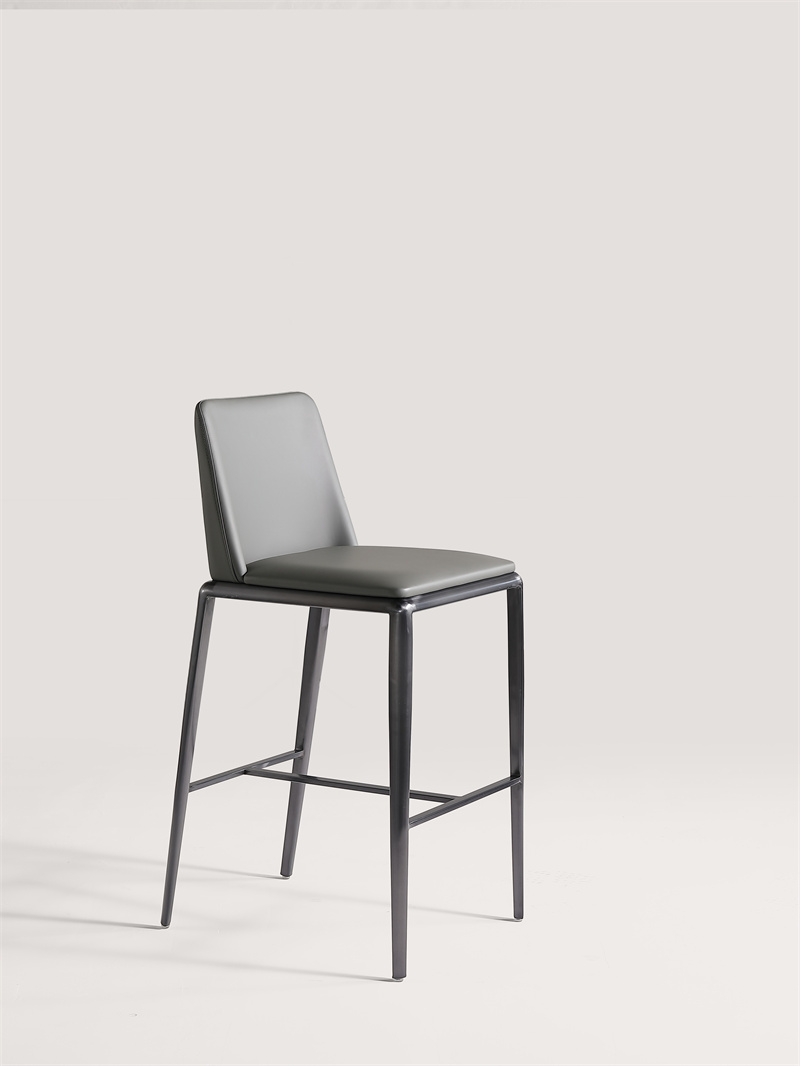Bar stools are a ubiquitous feature in many homes and public spaces, from kitchen islands to trendy bars. Their elevated height is not just a random design choice but a result of thoughtful considerations to enhance functionality, comfort, and aesthetics. This article delves into the reasons behind the height of bar stools, exploring their historical context, standard measurements, design considerations, and benefits.
Historical Context of Bar Stools
Bar stools have evolved significantly from their early origins. Initially, they were simple wooden seats used in taverns and pubs to accommodate patrons at high counters. The height of these stools was designed to match the elevated surfaces of bar counters, which were raised to facilitate easy standing and serving. Over time, bar stools have diversified in design and function, becoming a staple in both commercial and residential settings.
Standard Heights and Measurements
The height of bar stools is standardized to fit different types of counters and tables. Understanding these measurements is crucial for selecting the right stool for your space.
Bar Height Stools
Bar height stools typically measure between 28 to 32 inches from the floor to the seat. They are designed to pair with bar counters that stand around 40 to 43 inches high. This height allows users to sit comfortably and reach the bar surface without straining.
Counter Height Stools
Counter height stools are slightly shorter, ranging from 24 to 27 inches in seat height. They are ideal for kitchen islands or counters that are approximately 36 inches high. This height is becoming increasingly popular in modern kitchens due to the rise of counter height islands.
Extra-Tall Bar Stools
For exceptionally high counters or bar tables, extra-tall bar stools are available. These stools have seat heights between 34 to 40 inches and are suitable for counters that are 44 to 47 inches high.

Design Considerations
Several factors influence the design and height of bar stools, including comfort, materials, and style.
Comfort
Comfort is paramount when designing bar stools. A stool that is too high or too low can cause discomfort and strain. The ideal stool height ensures that there is about 9 to 13 inches of space between the seat and the counter, allowing for comfortable legroom. Additionally, features like footrests, padded seats, and backrests can enhance comfort, especially for prolonged sitting.
Materials
Bar stools come in a variety of materials, each offering different aesthetic and functional benefits.
Wood: Offers a warm, traditional look and can be paired with upholstered cushions for added comfort.
Metal: Provides a sleek, modern appearance and is often used in industrial or contemporary designs.
Plastic and Acrylic: Lightweight and versatile, these materials are easy to clean and come in various colors and styles.
Wicker and Rattan: Ideal for a coastal or rustic look, these materials add texture and a natural feel to the space.
Styles
The style of bar stools can significantly impact the overall look of a space. From minimalist Scandinavian designs to ornate vintage styles, there is a wide range of options to suit different tastes and interiors. Some popular styles include:
Industrial: Characterized by raw materials like metal and wood, often with a rugged, unfinished look.
Contemporary: Sleek and modern, often featuring clean lines and minimalistic designs.
Traditional: Classic designs with intricate details and often made from wood.

Benefits of Proper Bar Stool Height
Choosing the right height for bar stools offers several benefits:
Enhanced Comfort: Proper height ensures that users can sit comfortably without straining their legs or back.
Improved Posture: Bar stools with the correct height promote better posture by allowing users to sit with their feet flat on the footrest and their back straight.
Aesthetic Appeal: Well-chosen bar stools can enhance the visual appeal of a space, making it look more cohesive and stylish.
Functional Efficiency: The right height allows for easy interaction with the counter, whether for dining, working, or socializing.
How to Choose the Right Bar Stool
Selecting the perfect bar stool involves considering several factors:
Measure Your Counter
Start by measuring the height of your counter or bar table from the floor to the underside of the surface. This measurement will help you determine the appropriate stool height.
Consider the Space
Ensure there is enough space between stools for comfortable seating and movement. A general rule of thumb is to allow 6 inches between each stool for stools that are 16 to 18 inches wide, and 8 to 10 inches for wider stools.
Evaluate Comfort Features
Look for features that enhance comfort, such as padded seats, backrests, and footrests. If the stools will be used for long periods, these features are particularly important.

Match the Style
Choose a style that complements your existing décor. Whether you prefer a modern, industrial, or traditional look, there are bar stools available to match your aesthetic preferences.
Test for Stability
Ensure that the stools are stable and sturdy, especially if they will be used frequently. Check for features like a wide base and non-slip feet to prevent tipping.
Conclusion
Bar stools are more than just elevated seats; they are a blend of functionality, comfort, and style. Their height is carefully designed to match various counter heights, providing a comfortable and practical seating solution. By understanding the reasons behind their design and considering factors like comfort, materials, and style, you can choose the perfect bar stools to enhance your space. Whether for a cozy kitchen island or a bustling bar, the right bar stools can make a significant difference in both aesthetics and functionality.





0723.jpg)